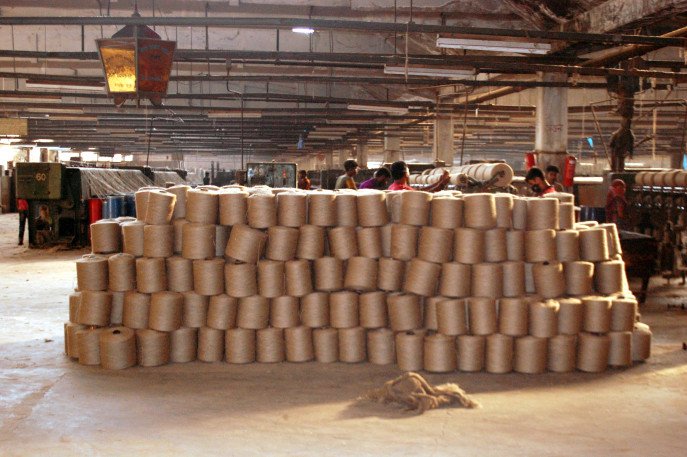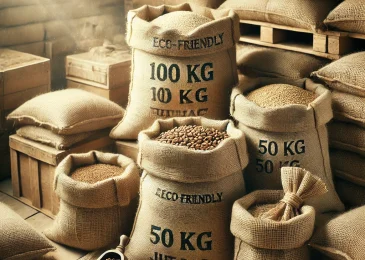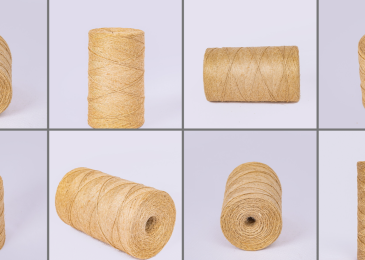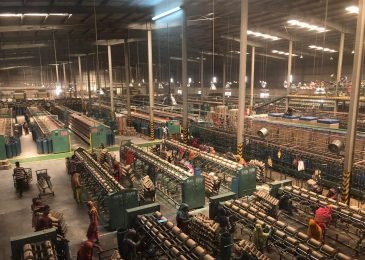Jute yarn in Bangladesh comes in varieties of different type. Jute yarn is a versatile and eco-friendly material widely used in various industries. From crafting durable textiles to creating biodegradable packaging solutions, the demand for jute yarn continues to rise. In this blog post, we will explore the different types of jute yarn, their applications, and how pricing varies based on the yarn’s specifications and quality.
Types of Jute Yarn
- CB (Carpet Backing)
- Description: Carpet backing yarn is specifically designed for use in the backing of carpets. It provides the necessary strength and durability to ensure that carpets remain sturdy and long-lasting.
- Applications: Carpet manufacturing.
- Quality Requirements: High strength and durability.
- CRX (Carded and Regular Extra)
- Description: This type of jute yarn is carded and has a regular twist, but with an extra level of processing to enhance its strength and quality.
- Applications: High-end textiles and applications requiring extra strength.
- Quality Requirements: Highest quality of jute fibers for superior performance.
- CRM (Carded and Regular Medium)
- Description: Carded and regular medium yarn is a versatile option used for a variety of textile applications.
- Applications: General-purpose textiles, medium-strength applications.
- Quality Requirements: Good quality jute, but not as high as CRX.
- CRT (Carded and Regular Twist)
- Description: This yarn has a regular twist and is carded, making it suitable for applications requiring consistent strength and durability.
- Applications: Various industrial and textile uses.
- Quality Requirements: High quality to maintain consistency and strength.
- SS (Sacking Special)
- Description: Sacking special yarn is designed for making sacks and other packaging materials. It is strong enough to hold large quantities of goods but can be made from coarser jute fibers.
- Applications: Packaging, sacks, and agricultural bags.
- Quality Requirements: Can utilize lower quality jute compared to other types.
Pricing of Jute Yarn
The pricing of jute yarn varies significantly based on several factors including the type, count, ply, and quality of the raw jute used. Here’s a brief overview of how these factors influence pricing:
Count and Ply
- Count: The count of jute yarn refers to its thickness. Lower counts like 8/1 indicate thicker yarn, which is generally stronger and more durable, making it more expensive. Higher counts like 28/1 are thinner and less expensive.
- Ply: Ply refers to the number of strands twisted together to make the yarn. A higher ply indicates a thicker and stronger yarn, which is typically more expensive.
Quality of Raw Jute
- High-Quality Raw Jute: Yarn types like CRX and CB, which require higher quality raw jute, are generally more expensive due to the superior fibers used.
- Medium-Quality Raw Jute: CRM and CRT yarns, which use good quality jute, are moderately priced.
- Lower-Quality Raw Jute: SS yarn, which can utilize coarser jute fibers, is usually the least expensive.
Market Factors
- Demand and Supply: Prices can fluctuate based on market demand and supply. A higher demand for eco-friendly materials like jute can drive prices up.
- Export Markets: Countries like Turkey and Iran are major importers of jute yarn. The specific requirements of these markets can also influence pricing.
Conclusion
Understanding the different types of jute yarn and their applications can help businesses and consumers make informed decisions. Whether it’s for creating durable textiles or eco-friendly packaging, jute yarn offers a sustainable alternative with varying prices based on its type and quality. As the demand for green products continues to grow, the jute industry is poised for significant expansion, providing both environmental benefits and economic opportunities.
By investing in high-quality jute yarn, companies can contribute to reducing plastic use and promoting sustainable practices, aligning with global efforts to combat climate change and environmental degradation.





